oooooooo sssssss
fffffffffffffffffffdddddddffffff ooo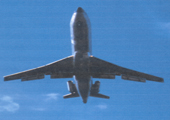 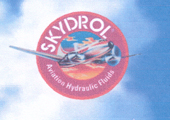 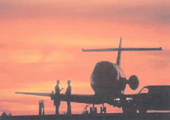
Brief History of Aircraft Hydrulics
Early aviation hydraulics systems were used to apply brake pressure. These systems used a vegetable oil-based hydraulic fluid. As aircraft design produced larger and faster aircraft, greater use of hydraulics were necessary. These advances led to development of petroleum-based hydraulic fluids such as Mil-O-3580 and, later, Mil-H5606.
Shortly after World War II, the growing number of aircraft hydraulic fluid fires drew the collective concern of the commercial aviation industry and the public. In 1948, Monsanto Company worked with Douglas Airline Company to develop a fire-resistant hydraulic fluid based on phosphate ester chemistry, which was named Skydrol 7000.
As the transport industry moved toward jets, Skydrol 500A fluid was developed to meet the environment needs of the new aircraft, and with the continuous development of more advanced aircraft further modifications to Skydrol fluid formulations were made. These changes, required by the aircraft manufacturers, are known as modifications to the fluid specification ... or simply as Type I, II, III and now Type IV fluids.
Skydrol LD-4 and Skydrol 500B-4 hydraulic fluids are Type IV fluids formulated to exceed the regid specifications of the aircraft manufacturers. They have been in commercial usage since 1978 and have demonstrated outstanding performance.
In 1997, Solutia Inc. was formed from the chemical businesses of Monsanto. Solutia continues as the world leader in aviation hydraulic fluid service and support.
Here are the Specifications and Properties of Skydrol Fluids :
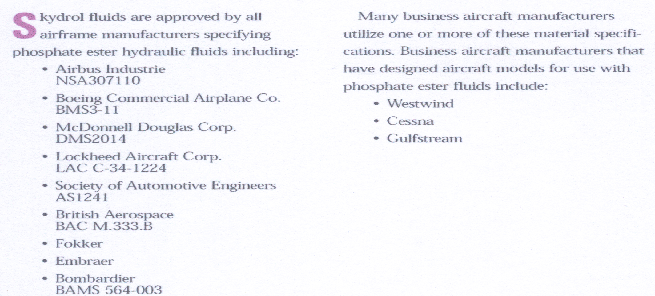
And here are the Specifications* for Skydrol® Fluids:

*Specifications are subject to change. Write to us for our latest specifications.
Here are some of our statistics:
Materials Compatibility:
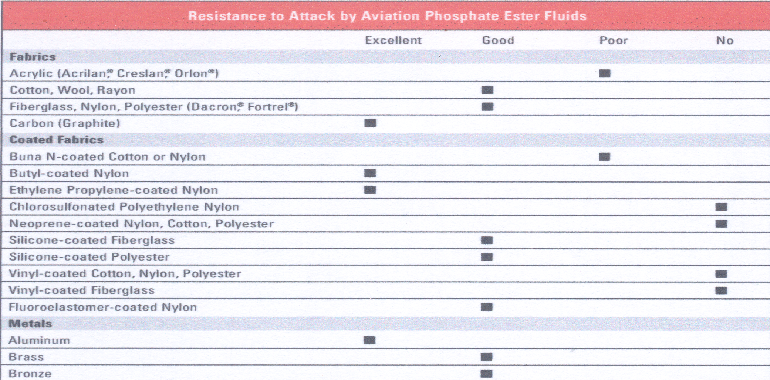
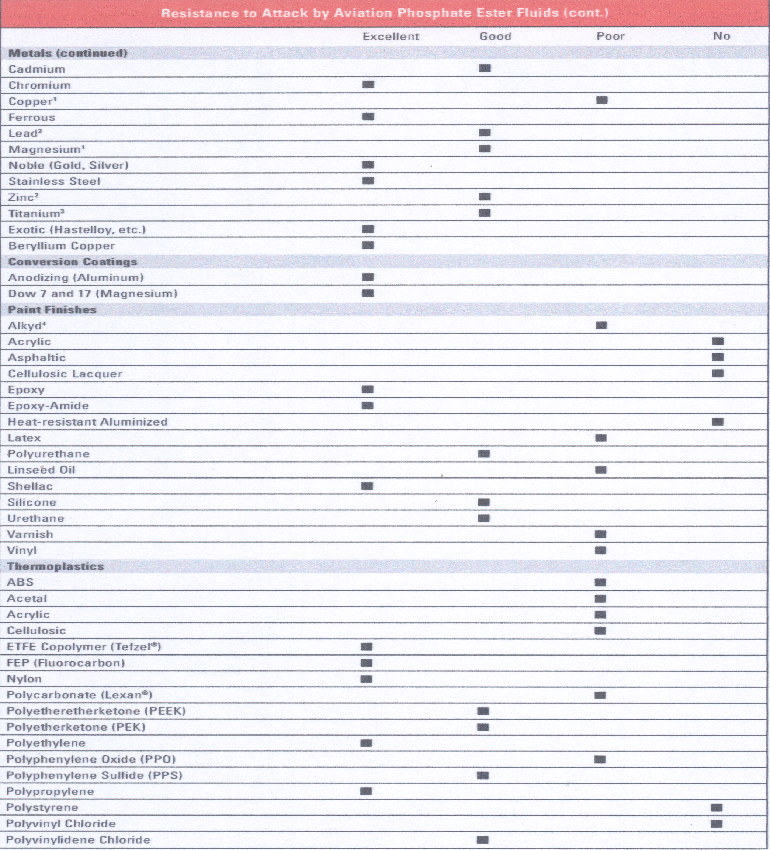
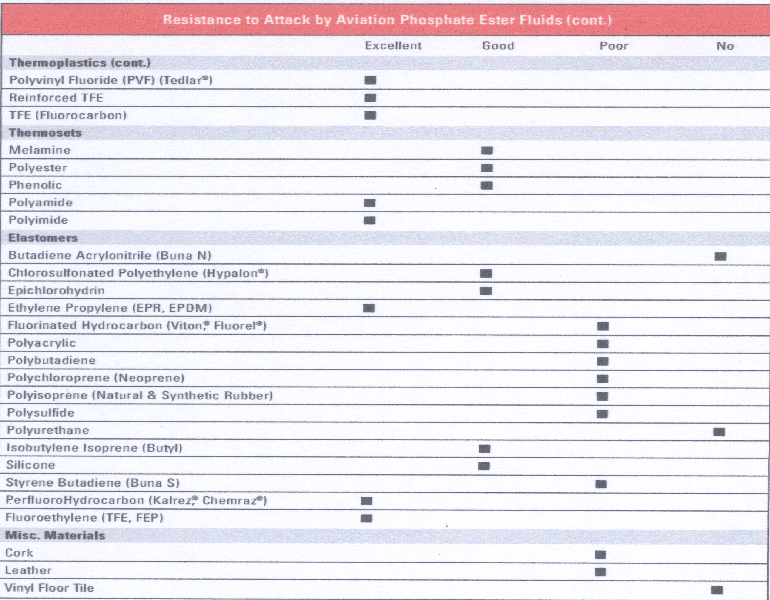
|